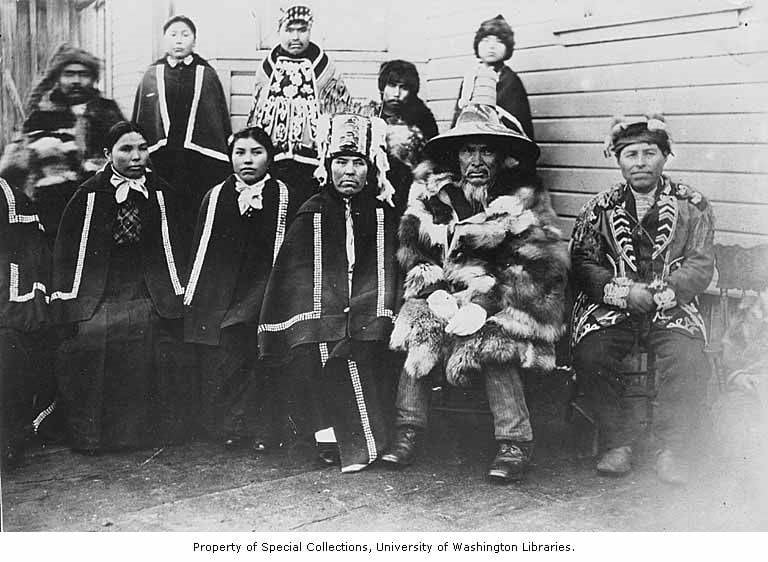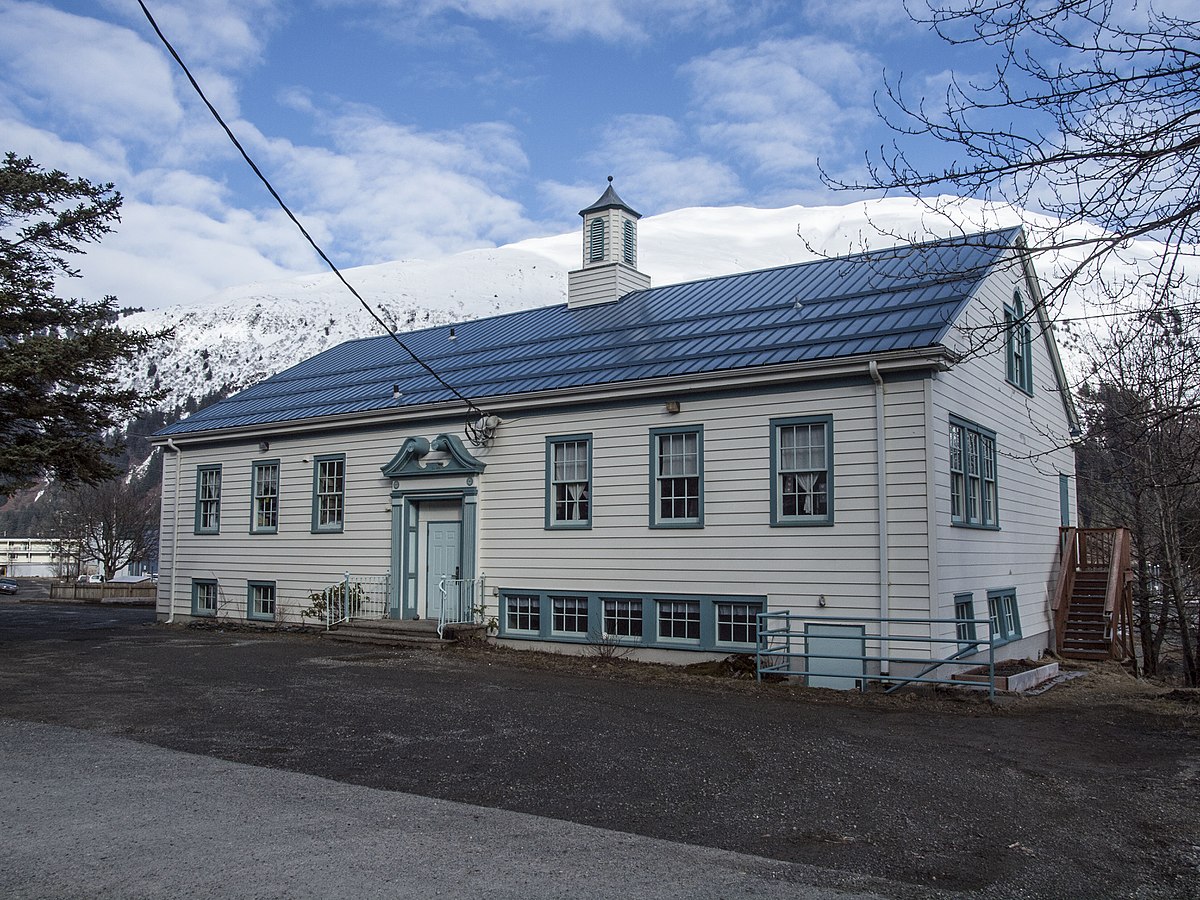

BACKGROUND
Douglas Indian Association (DIA), is the historical federally recognized Tribe of the Juneau, Douglas and Auke Bay region. While DIA also has members with other Alaska Native and American Indian lineage, it is primarily comprised of direct descendants of the Tribe’s original Base Roll membership originating from the T’aaḵu Kwáan and A’akw Kwáan clans which inhabited Anax YaatAndagan Yé (Douglas) and Dzantik’i Héeni (Juneau) since time immemorial. Some of the clans of DIA’s tribal territory are the Yanyeidí, Tsaateeneidí, Gaanaxádí, Ishkahittáan (T’aaku Kwáan), and L’eeneidí, Wooshkeetaan, L’uknax.adí (A’akw Kwáan).
DIA became a federally recognized tribe in 1934. Through the Alaska Native Claims Settlement Act (ANCSA) of 1971, the State of Alaska conveyed lands to Native corporations formed under ANCSA, but no lands were conveyed to the Tribe(s).
DIA’s traditional and historical territory encompasses the City and Borough of Juneau, as well as some areas to the east and north on Admiralty Island and the Chilkat Peninsula, to the south including Endicott Arm, and to the east into Canada in the areas of the Taku River and Atlin, B.C.
TRIBAL HISTORY
Tlingit people and their clans were well established and thriving in Southeast Alaska when European explorers made their first advances into the area in the 1700’s. The A’akw Kwáan and T’aaḵu Kwáan lived in harmony and shared villages in the Juneau and Douglas areas for centuries. Historical sources suggest some village sites on the Taku River and in the Juneau, Douglas, and Auke Bay areas had been inhabited for well over 750 years. Early settlement sites within the traditional territory of DIA includes Auke Village, as well as numerous areas around Juneau, Douglas and the outlying coastal islands.






Leave A Comment